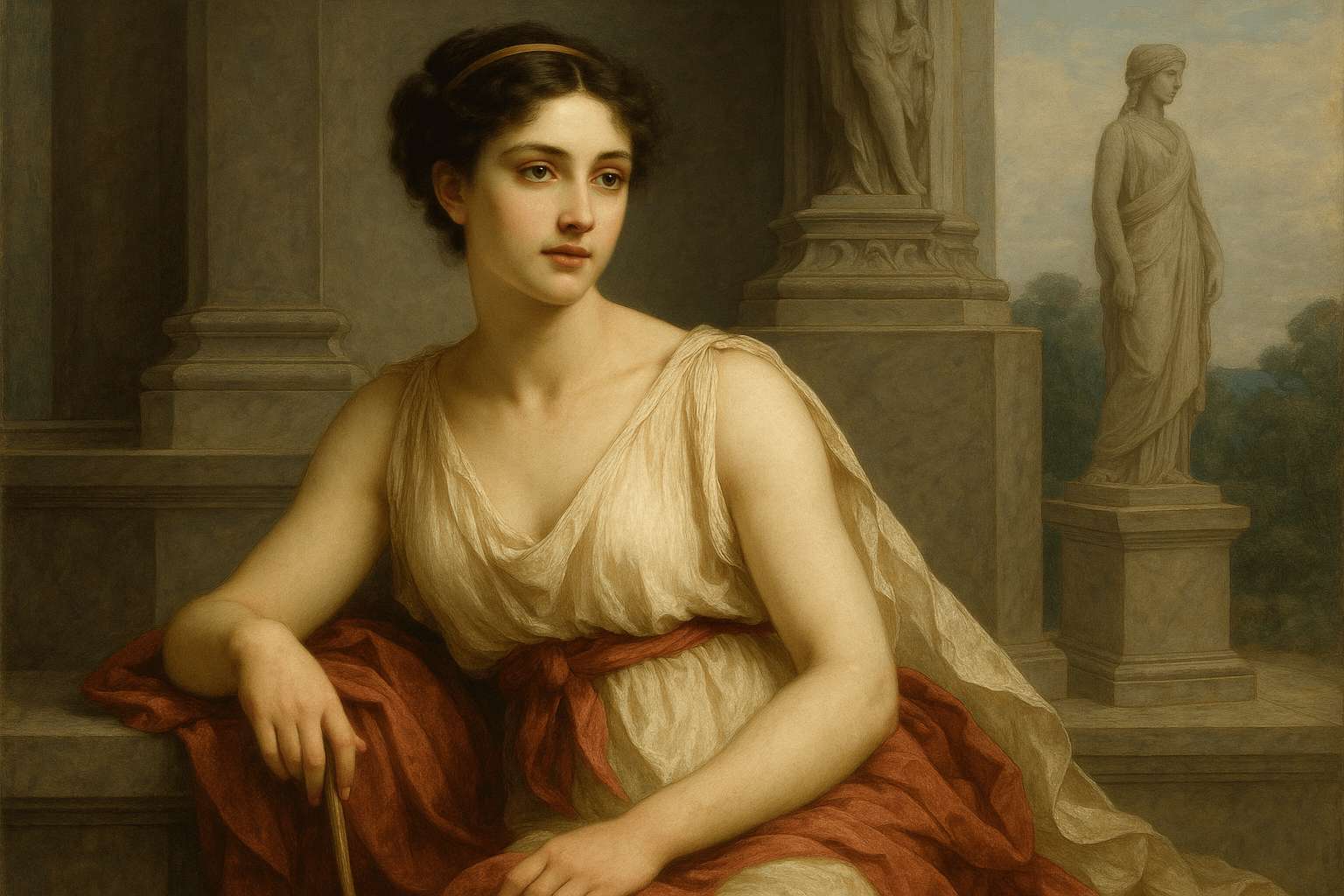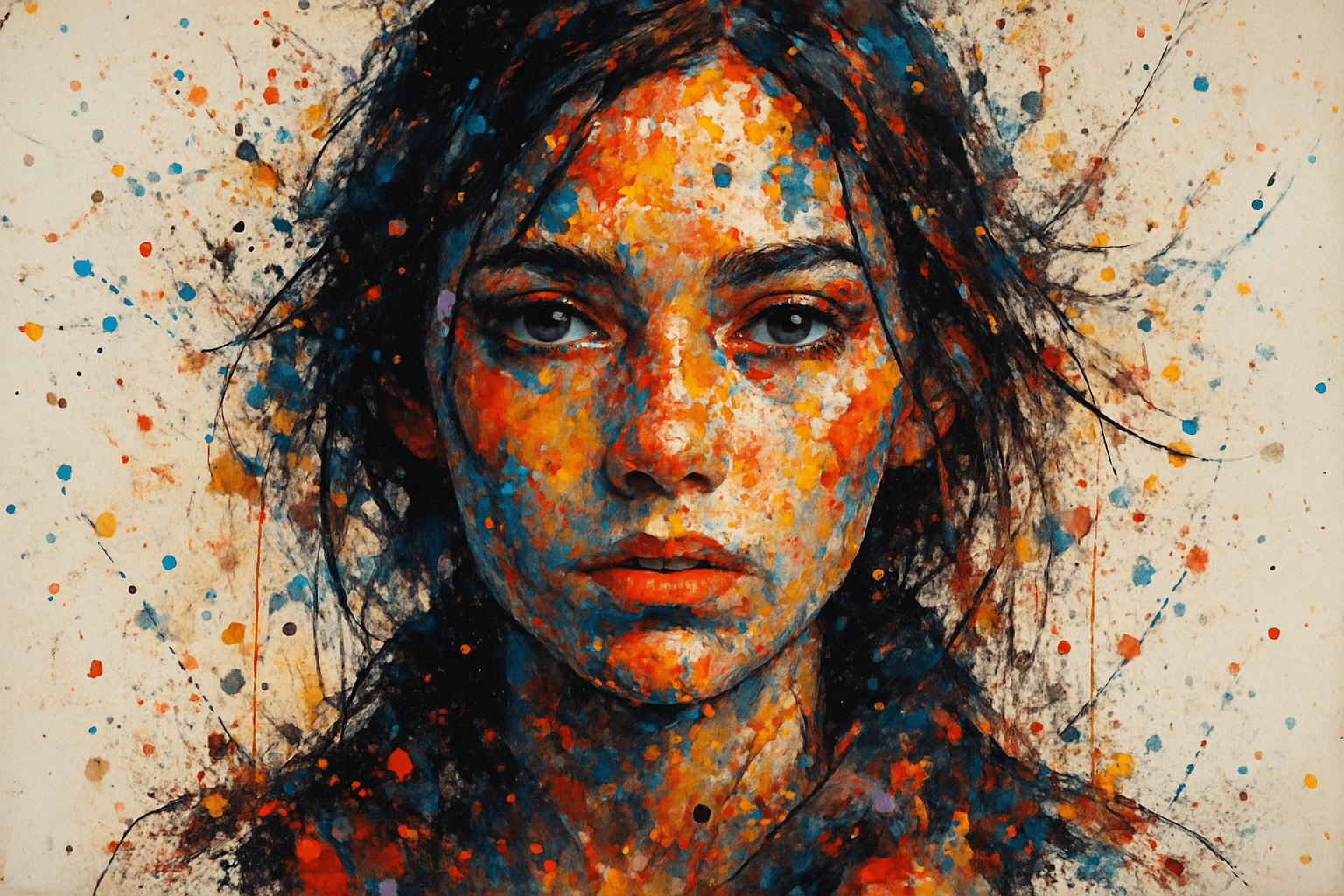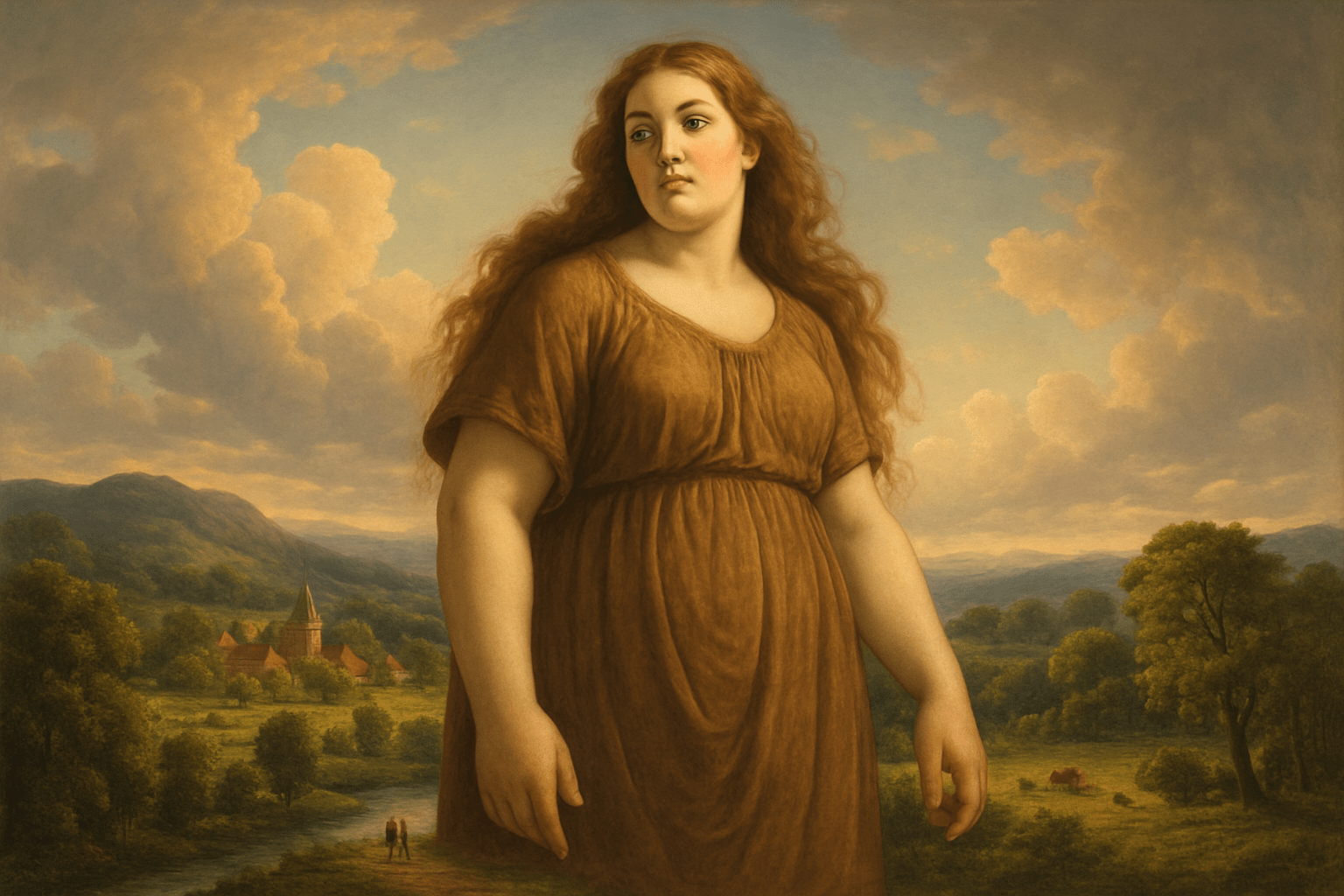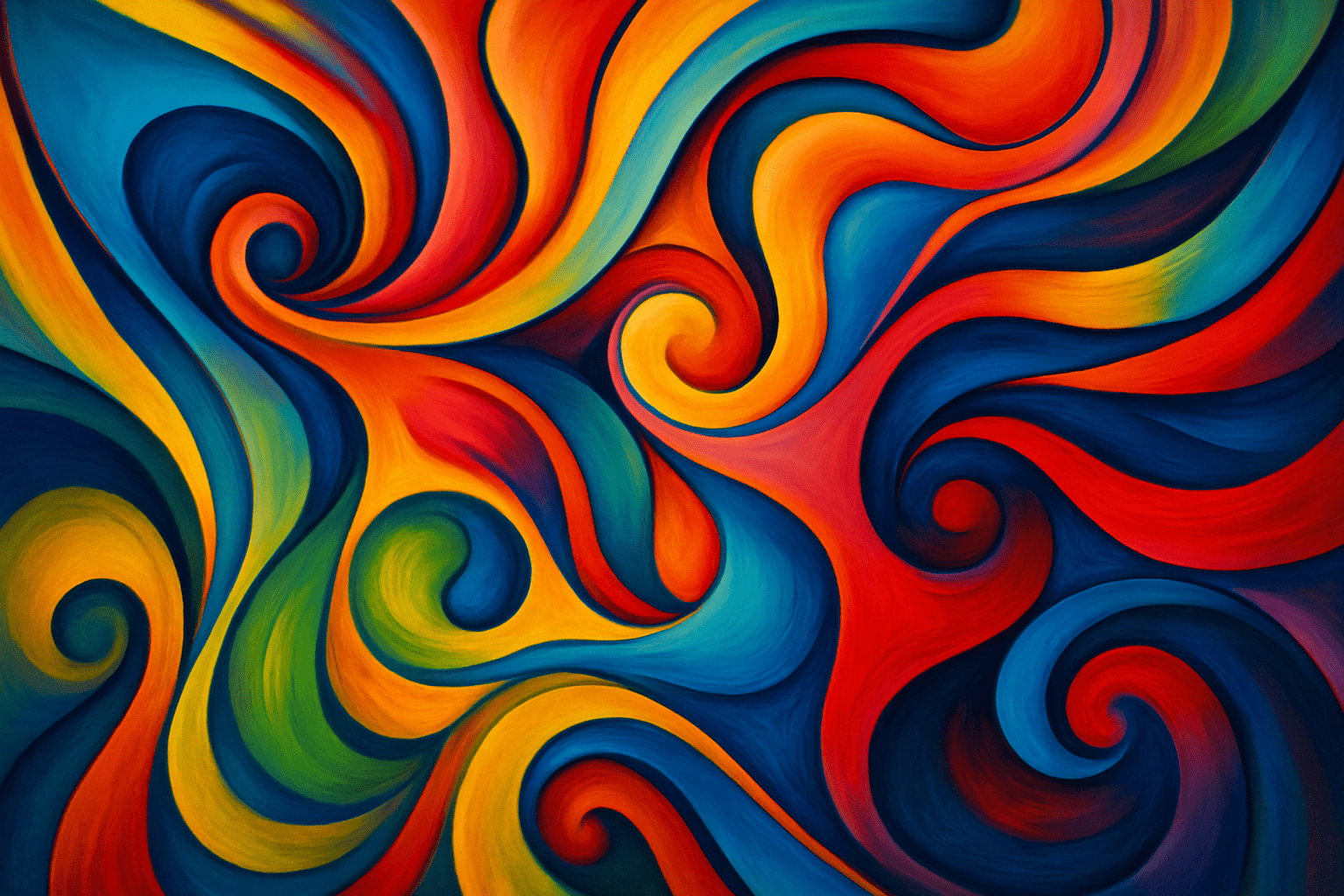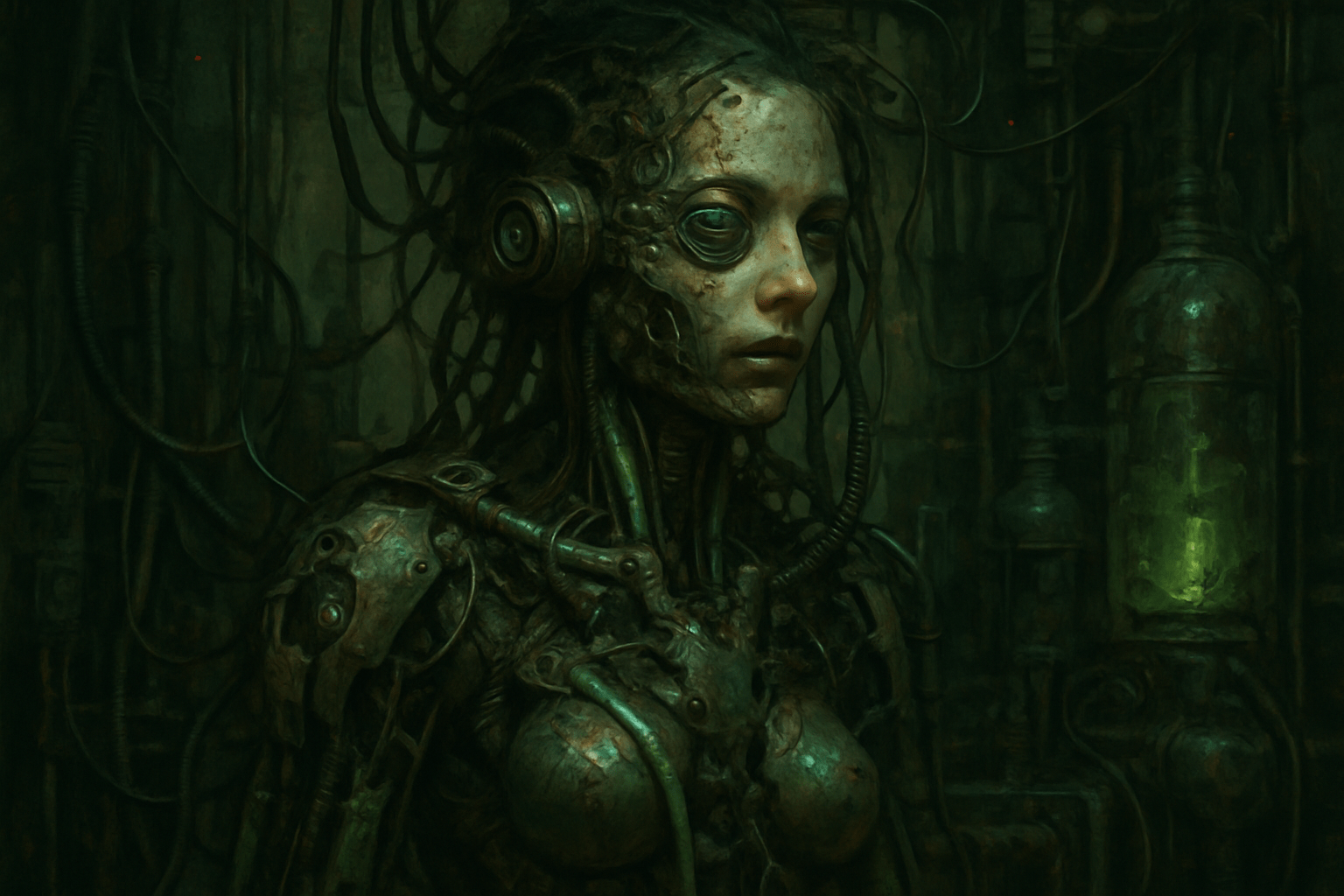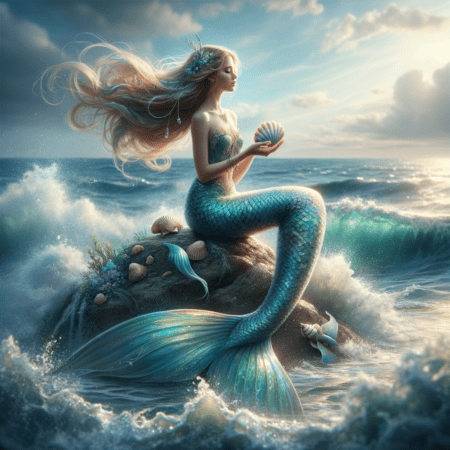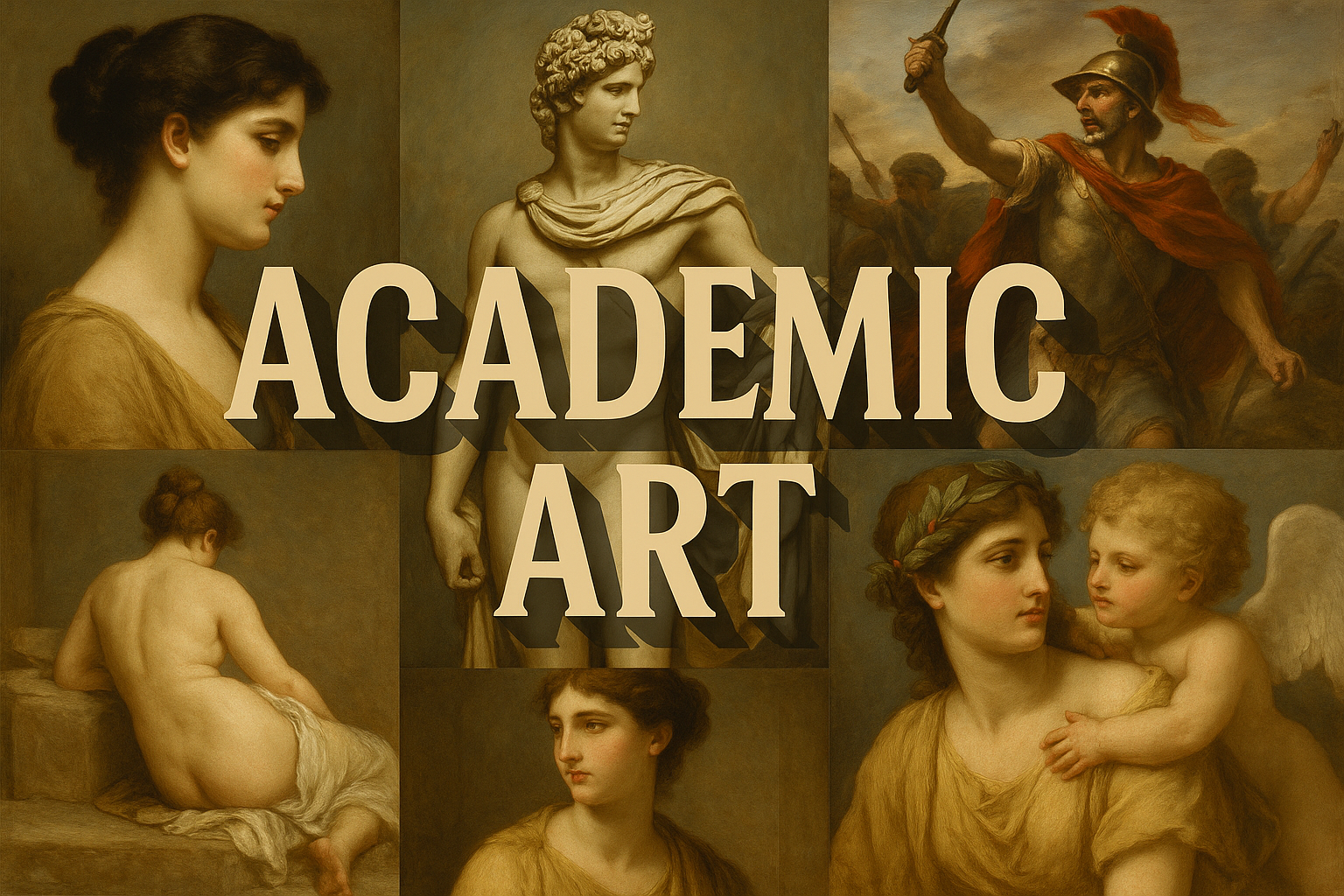
Academic Art
The Academic Art style is characterized by its realistic and detailed depiction of subject matter. This style is often associated with the Renaissance period, when artists began to focus on realism and detail in their work. The Academic Art style is characterized by its use of perspective and light/shadow to create a realistic effect. This style often uses a limited palette of colors to create a more realistic effect.
AOI thinking about Academic Art [+_~]-/
Overview and Quickfacts
The Academic Art style is characterized by its realistic and detailed depiction of subject matter. This style emerged in the late 19th century in France and quickly spread throughout Europe and America. Academic artists often used classical themes and idealized forms, which were meant to convey a sense of beauty and grandeur. This style is often associated with the Renaissance and Neoclassical periods.
Can understand it also, as:
Art produced by academic artists, or in an academic manner.
Categorize it as:
Impressionism, Modernism
.: Dreaming :.
holds a HAIKU for the art style
:. Thought is power .:
Detailed Description
Academic Art, also known as Academicism, is a style of painting and sculpture produced by artists who were trained in or influenced by the academies of art that were established in the major European cities during the 18th and 19th centuries. The academies were institutions that provided formal training in the arts, primarily the visual arts. The academies were an outgrowth of the Renaissance ideal of artistic development through apprenticeship to a master artist, and the desire of artists to form professional organizations. The first academy was founded in Florence in 1563, and by the 18th century there were academies established in all the major artistic centres of Europe, including Paris, London, Vienna, and Berlin. The style of art produced by the academies was characterized by an adherence to traditional subject matter and techniques, a highly polished finish, and an idealized conception of the human form. Academic artists were expected to conform to the ideals of beauty and perfection as promulgated by the academies, and their work was often criticized for being too formulaic and lacking in originality. Despite the criticism, Academic Art was the dominant style of painting and sculpture in Europe for much of the 19th century, and its influence can be seen in the work of many of the most famous artists of the period, including Jean-Auguste-Dominique Ingres, Jacques-Louis David, and William-Adolphe Bouguereau. In the late 19th century, however, the rise of Impressionism and other avant-garde styles led to a decline in the popularity of Academic Art, and by the early 20th century the style was largely discredited.
.. beep, beep, beep ..
<START OF TRANSMISSION>
1. Academic Art is a type of art that is associated with an educational institution. 2. It is usually created by artists who have been trained in an academic setting. 3. Academic Art often follows traditional rules and conventions. 4. It is often characterized by its realism and its use of perspective. 5. Academic Art is often used to teach students about art history and theory. 6. It can be found in many different types of media, including painting, sculpture, and architecture. 7. Academic Art often has a didactic purpose, and is often didactic in nature. 8. Many academic artists have gone on to have successful careers in the art world. 9. Academic Art is often criticized for being too conservative and for being too reliant on tradition. 10. Some academic artists have responded to these criticisms by experimenting with new styles and techniques. 11. Academic Art is still being created today, and continues to be an important part of the art world.
<EOF>
.. robbel bob
Visual Examples from our image gallery
Coming soon, we are so slow .. might never come
Artists, Paintings, and more
(be aware, can be highly speculative)
Artists (be aware, speculation possible):
1. Albrecht DÃÂürer (1471-1528) 2. Leonardo da Vinci (1452-1519) 3. Michelangelo (1475-1564) 4. Raphael (1483-1520) 5. Rembrandt (1606-1669) 6. Jan Vermeer (1632-1675) 7. J.M.W. Turner (1775-1851) 8. John Constable (1776-1837) 9. Edgar Degas (1834-1917) 10. Claude Monet (1840-1926) 11. Pierre-Auguste Renoir (1841-1919) 12. Paul CÃÂézanne (1839-1906) 13. Vincent van Gogh (1853-1890) 14. Georges Seurat (1859-1891) 15. Paul Gauguin (1848-1903) 16. Henri de Toulouse-Lautrec (1864-1901) 17. Gustav Klimt (1862-1918) 18. Egon Schiele (1890-1918) 19. Amedeo Modigliani (1884-1920) 20. Pablo Picasso (1881-1973) 21. Georges Braque (1882-1963) 22. Salvador DalÃÂà(1904-1989) 23. RenÃÂé Magritte (1898-1967) 24. Joan MirÃÂó (1893-1983) 25. Jackson Pollock (1912-1956) 26. Mark Rothko (1903-1970) 27. Clyfford Still (1904-1980) 28. Barnett Newman (1905-1970) 29. Ad Reinhardt (1913-1967) 30. Frank Stella (1936-)
Artworks (be aware, speculation possible)
1. The Hay Wagon, by American painter Andrew Wyeth, 1945 2. Christina’s World, by American painter Andrew Wyeth, 1948 3. The Charnel House, by American painter Andrew Wyeth, 1945 4. The Room, by American painter Andrew Wyeth, 1948 5. The Door, by American painter Andrew Wyeth, 1945 6. The Windmill, by American painter Andrew Wyeth, 1948 7. The Farmhouse, by American painter Andrew Wyeth, 1945 8. The Barn, by American painter Andrew Wyeth, 1948 9. The Horse, by American painter Andrew Wyeth, 1945 10. The Cow, by American painter Andrew Wyeth, 1948 11. The Sheep, by American painter Andrew Wyeth, 1945 12. The Pig, by American painter Andrew Wyeth, 1948 13. The Duck, by American painter Andrew Wyeth, 1945 14. The Goose, by American painter Andrew Wyeth, 1948 15. The Turkey, by American painter Andrew Wyeth, 1945 16. The Chickens, by American painter Andrew Wyeth, 1948 17. The Farm, by American painter Andrew Wyeth, 1945 18. The Field, by American painter Andrew Wyeth, 1948 19. The Woods, by American painter Andrew Wyeth, 1945 20. The Stream, by American painter Andrew Wyeth, 1948 21. The Pond, by American painter Andrew Wyeth, 1945 22. The Hill, by American painter Andrew Wyeth, 1948 23. The Mountain, by American painter Andrew Wyeth, 1945 24. The Valley, by American painter Andrew Wyeth, 1948 25. The House, by American painter Andrew Wyeth, 1945 26. The Church, by American painter Andrew Wyeth, 1948 27. The Cemetery, by American painter Andrew Wyeth, 1945 28. The Road, by American painter Andrew Wyeth, 1948 29. The Bridge, by American painter Andrew Wyeth, 1945 30. The Train, by American painter Andrew Wyeth, 1948
Epoch
The time period of the art style Academic Art is typically considered to be from the mid-19th century to the early 20th century.
AI ART RESSOURCES (AKA, well Tools)
Helping tools -> predefined search links on other pages:
